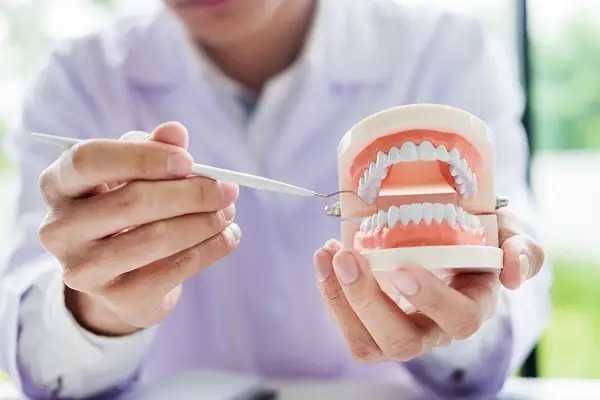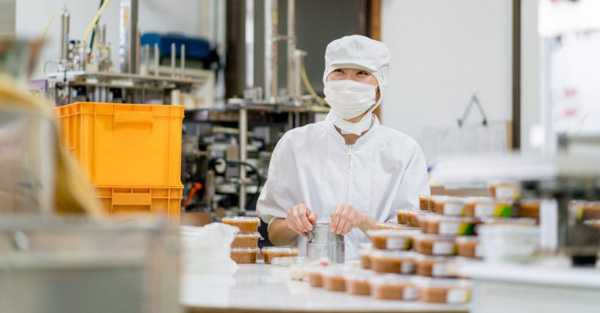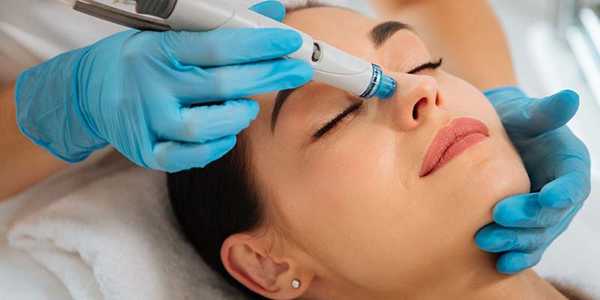【散骨葬のすべて】自然に還る新しいお別れのかたち|費用・流れ・よくある質問
Breast Cancer: Risk Factors, Early Detection, and Advances in Treatment (2025)
Breast cancer remains one of the most common cancers worldwide, affecting millions of individuals each year. Advances in medical research, early detection strategies, and improved treatment options have significantly increased survival rates and enhanced the quality of life for patients. Understanding the risk factors, recognizing symptoms, and seeking timely medical intervention are key to reducing the burden of this disease.
Breast cancer remains one of the most common cancers worldwide, affecting millions of individuals each year. Advances in medical research, early detection strategies, and improved treatment options have significantly increased survival rates and enhanced the quality of life for patients. Understanding the risk factors, recognizing symptoms, and seeking timely medical intervention are key to reducing the burden of this disease.

Understanding Breast Cancer
Breast cancer is a malignant condition that originates in breast tissue, commonly in the ducts or lobules. Though it predominantly affects women, men can also develop the disease. While some cases arise due to inherited genetic mutations, many occur due to a combination of hormonal, environmental, and lifestyle factors.
Key Risk Factors for Breast Cancer
Several factors contribute to an increased risk of developing breast cancer:
Genetic and Biological Factors
- Family history:Individuals with a close relative (mother, sister, or daughter) who had breast cancer have a higher risk.
- Genetic mutations:BRCA1, BRCA2, and other mutations significantly raise the likelihood of developing the disease.
- Age:The risk increases with age, particularly after 50.
- Hormonal exposure:Women who started menstruating before age 12 or experienced menopause after 55 have prolonged exposure to estrogen, which can elevate cancer risk.
Lifestyle and Environmental Factors
- Lack of physical activity:A sedentary lifestyle is linked to a higher likelihood of developing breast cancer.
- Obesity:Excess body weight, especially after menopause, can contribute to hormone imbalances that may promote cancer growth.
- Alcohol consumption:Regular alcohol intake is associated with an increased risk.
- Radiation exposure:Previous radiation therapy, especially to the chest area, can increase susceptibility.
Signs and Symptoms of Breast Cancer
Early-stage breast cancer often presents no noticeable symptoms, emphasizing the need for routine screening. However, common warning signs include:
- A lump or thickening in the breast or underarm that does not go away
- Changes in breast shape, size, or contour
- Skin changes, such as dimpling, redness, or a texture resembling an orange peel
- Nipple changes, including inversion, unusual discharge, or scabbing
- Persistent breast or armpit pain
- Swelling in the chest area or collarbone
If cancer spreads to other areas of the body, it may lead to additional symptoms like unexplained weight loss, bone pain, and fatigue.
The Importance of Early Detection
Early detection significantly increases the chances of successful treatment and survival. The following methods help identify breast cancer at its earliest stages:
- Mammograms:Regular screening mammograms can detect abnormalities before symptoms appear.
- Clinical breast exams:Performed by healthcare professionals to check for lumps or changes.
- Breast self-exams:Encouraging individuals to monitor changes in their breasts and report abnormalities promptly.
- Genetic testing:Recommended for individuals with a strong family history to assess their risk.
Advancements in Breast Cancer Treatment
Ongoing research has led to innovative treatment options, improving survival rates and reducing side effects.
Surgical Options
- Lumpectomy:Removes the tumor while preserving most of the breast.
- Mastectomy:Involves removing one or both breasts, often for patients at high risk.
- Reconstructive surgery:Restores breast appearance after surgical removal.
Radiation and Chemotherapy
- Radiation therapy:Targets cancer cells in specific areas to reduce recurrence risk.
- Chemotherapy:Uses drugs to destroy cancer cells, often recommended for aggressive cases.
Hormonal and Targeted Therapies
- Hormone therapy:Blocks hormones like estrogen and progesterone that fuel cancer growth.
- Targeted therapy:Newer drugs, such as HER2 inhibitors and PARP inhibitors, specifically attack cancer cells while sparing healthy tissue.
- Immunotherapy:Enhances the body's immune system to fight cancer more effectively.
The Role of Support Systems in Recovery
A strong support network can significantly improve a patient’s emotional well-being and treatment experience. Support groups, counseling services, and online communities provide valuable guidance and comfort to those affected by breast cancer. Family members, friends, and healthcare professionals all play essential roles in providing emotional and practical support throughout the journey.
Staying Informed and Empowered
Raising awareness about breast cancer and encouraging proactive health measures can save lives. By staying informed about risk factors, undergoing regular screenings, and embracing healthier lifestyle choices, individuals can reduce their chances of developing breast cancer or detect it at an early stage when treatment is most effective. With continuous advancements in medicine and the support of a compassionate community, those diagnosed with breast cancer have more hope than ever before.










